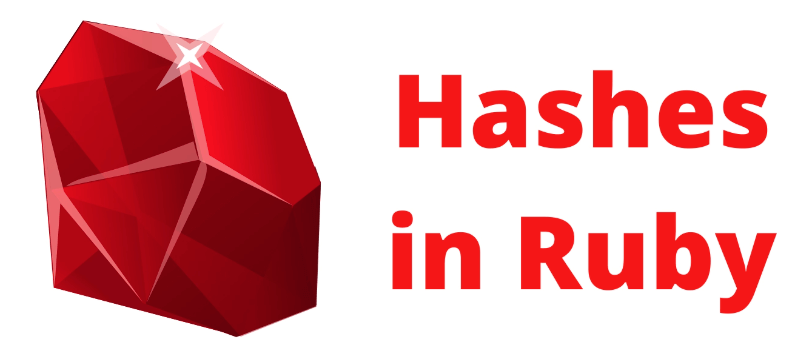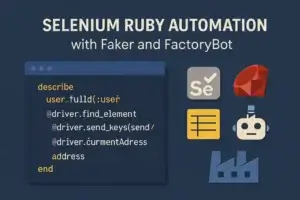In Ruby Programming, a hash is a collection of key-value pairs, similar to a dictionary in Python or an associative array in other programming languages. Each key in a hash is unique and it maps to a specific value so we call it a collection of key-value pairs. In hash, each value is assigned to a key using a hash rocket =>.

Let’s see how you can create and work with hashes in Ruby.
Creating Hashes in Ruby
In Ruby, you can create a hash using curly braces {} and specify key-value pairs:
# Creating a hash with initial values
person = {
"name" => "San",
"age" => 28,
"occupation" => "QA Engineer"
}
# Creating an empty hash
empty_hash = {}
You can also use Hash.new constructor to create a hash with a default value
# Creating a hash with a default value
grades = Hash.new(0) # Default value is 0
Accessing hash values
You can access the values in hash using keys, as follows
puts person["name"] # Outputs: San
puts person["age"] # Outputs: 28
puts person["occupation"] # Outputs: QA Engineer
Modifying hash values
Also, you can modify hash values using keys
person["age"] = 31 # Changing the value of the "age" key
person["occupation"] = "Developer" # Changing the value of the "occupation" key
Iterating Over Hashes:
You can iterate over the keys and values in a hash using various methods like each, each_key, and each_value:
person.each do |key, value|
puts "#{key}: #{value}"
end
Symbols as Keys in Ruby Hash
In Ruby, it’s common to use symbols as keys in hashes, especially when the keys are not expected to change:
person = {
name: "Alice",
age: 25,
occupation: "Designer"
}
Conclusion
There are many methods to play with Hashes in Ruby, some of which are keys, values, merge, delete, has_key?, and more. You can refer to the Ruby documentation for a comprehensive list of hash methods: Ruby Hash Documentation
Remember that hashes are unordered collections, which means the order of key-value pairs is not guaranteed to be the same as when they were inserted.



